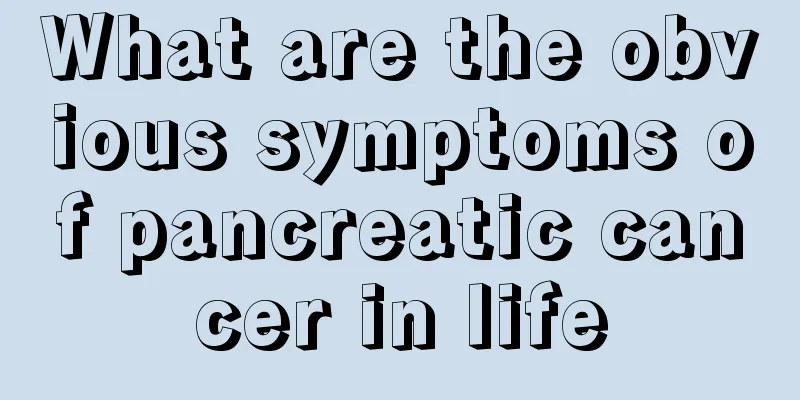Characteristics and symptoms of glioma

|
With the development of examination technology, the diagnosis of brain glioma has become easier. However, not all patients can find it in time in the early stage of the disease and go to the hospital for examination. Instead, they come to the hospital for treatment when the tumor is already very large. What are the characteristics and symptoms of glioma? Let's learn about it today. 1. Headache: About 30% of patients with brain gliomas experience headaches, and about 70% of them have gradually worsening headaches. This type of headache is mostly non-specific, but intermittent, mostly located on the same side of the lesion, and manifests as dull pain rather than throbbing pain, which is sometimes difficult to distinguish from tension headaches. Brain gliomas usually manifest as forehead pain, while cerebellar gliomas often manifest as pain in the occipital region and neck. If the tumor is too large and produces high intracranial pressure, the headache will be significantly aggravated, sometimes waking up from sleep due to pain, and significantly aggravated during vigorous head movement, sometimes accompanied by nausea and vomiting. If the intracranial hypertension persists for too long, there will also be symptoms of decreased vision. 2. Mental changes: About 15% to 20% of glioma patients have changes in mental state as the first symptom, mainly manifested in changes in emotions, personality, cognitive function, memory, etc. 3. Focal neurological symptoms: Different locations of tumors can also cause corresponding neurological deficits, such as limb paralysis, sensory impairment, aphasia, unstable gait, alexia and agraphia. 4. Cranial nerve symptoms: Damage to different cranial nerves will produce corresponding neurological symptoms, such as decreased vision, diplopia, strabismus and facial paralysis. 5. Epileptic seizures: About 1/3 of patients with brain gliomas experience epileptic seizures, and the incidence increases to 50-70% during the course of the disease. Half of the epilepsy is localized, while the other half is systemic. Slow-growing low-grade gliomas are particularly prone to epileptic seizures, while glioblastomas have a low chance of causing epileptic seizures. In general, brain gliomas can manifest all the symptoms of neurological diseases, but not all symptoms will appear in a particular person, and these early symptoms will vary with the type of tumor, tissue characteristics, location and speed of growth. |
<<: What are the items in the surgical examination for pituitary tumors
>>: What tests should be done for pituitary tumors
Recommend
What are the symptoms of nasopharyngeal carcinoma and how to treat it
What are the symptoms of nasopharyngeal cancer? H...
How many lines on the pregnancy test stick indicate pregnancy
With the development of medical technology in mod...
How much is the cost of treating cervical lymphoma
Lymphoma seriously affects the patient's phys...
How to quickly improve cheek sunkenness
Most women with plump faces hope to have a slimme...
What are some simple methods to achieve head cavity resonance?
Head cavity resonance is a very important phenome...
How to prevent small cell lung cancer for children
How to prevent small cell lung cancer for childre...
What are the causes of testicular pain?
In daily life, many male friends will experience ...
How to improve sleep quality?
Many people complain about their poor sleep quali...
Treatment of esophageal cancer
Esophageal cancer should emphasize early detectio...
How to eat deer penis to enhance sexual performance
Food is something people cannot live without. The...
What kind of diet should be used for prostate cancer? Eat less fat and more fruits and vegetables
Prostate cancer is a malignant tumor in men. Once...
Will drinking whey protein powder make you fat
Generally speaking, drinking some whey protein po...
How do lung cancer patients take care of their pain? 3 tips to effectively relieve lung cancer pain
Cancer seriously threatens our lives, and lung ca...
Alopecia areata has these symptoms in the early stage
Alopecia areata is also known as alopecia areata....
What are the methods for facial detoxification
Facial health plays an extremely important role i...









